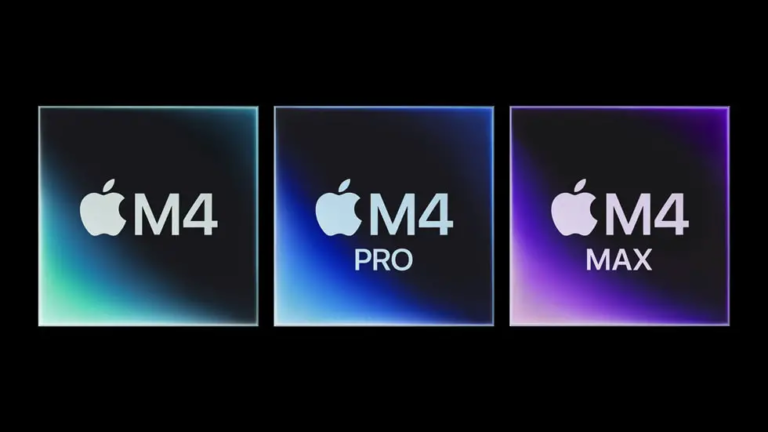In the vast expanse of Starfield’s mysterious galaxy, one peculiar question has continually perplexed me: why does my cargo hold consistently brim with slippers and blender bases?
Initially, upon noticing the bizarre surplus of miscellaneous items, I entertained the notion that I might have missed something during my journeys. Swiftly, I sold these peculiar items to the nearest vendor and resumed my cosmic odyssey. However, it wasn’t long before my cargo hold once again swelled with seemingly random objects I couldn’t recall acquiring.
I contemplated whether it had anything to do with scavenging from enemy ships—was I unintentionally gathering their debris? However, this hypothesis crumbled, as inspecting the remnants of vanquished ships consistently revealed a reasonable inventory, devoid of coffee mugs or board games.
I began to suspect a peculiar and specific bug might be the culprit. Perhaps my ship’s hold automatically replenished every time I visited a particular vendor? Could this be my path to limitless wealth? Regrettably, my inquiries along these lines yielded no fruitful results.
Ultimately, I deduced that the spontaneous inundation of my cargo hold with miscellaneous items was connected to my ship modifications. It became evident that this peculiarity surfaced when I visited New Atlantis’ spaceport for adjustments. The “aha” moment arrived: maybe when I removed a module, any junk within it was automatically relocated to my cargo hold?
But that theory didn’t hold water either, as these items weren’t even located within the modules I was altering.
The actual answer, it turned out, was far more absurd and somewhat disheartening for those with aspirations of adorning their ship with tasteful clutter. The reason behind the constant accumulation of miscellaneous items in your cargo hold is rooted in a rather peculiar game mechanic: every time you make any alteration to your spaceship through the ship builder interface, every loose item scattered across your entire ship is unceremoniously dispatched to your cargo hold.
This includes every coffee mug, every board game, every power drill—essentially, anything not firmly secured. Considering that hab modules come pre-equipped with an array of such items, this results in quite a substantial influx.

Consequently, your ship’s meticulously arranged decor is mercilessly stripped away each time you undertake modifications. If you derive pleasure from arranging books on your shelf, filling the galley with cooking utensils, or simply savoring a lived-in ambiance, you’re effectively compelled to resist ship alterations unless you’re prepared to embark on a comprehensive redecoration. I shudder to imagine the plight of a player who had lovingly filled a room with potatoes.
Adding to the oddity, even if you sell off all these items, and your ship appears entirely devoid of clutter, should you decide to make further modifications (even a minor adjustment and save), it seems that your hold will inexplicably replenish with miscellaneous items from some mysterious source. In theory, this could be exploited as an infinite credit loophole, although the tedium of such an endeavor makes it a dubious pursuit.
One lingering mystery that continues to perplex me is the apparent sporadic regeneration of default clutter within hab modules. While it explains why I hadn’t noticed my ship’s curious emptiness before, I’ve been unable to pinpoint the trigger for this phenomenon. I’ve experimented with various time lapses, missions, and quests, but my ship stubbornly remains devoid of these curious objects. My quest for answers continues, as I am determined not to be outwitted by an assortment of broken astronaut helmets and digipicks.










